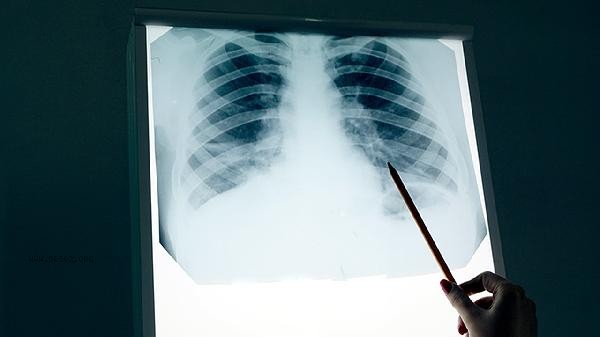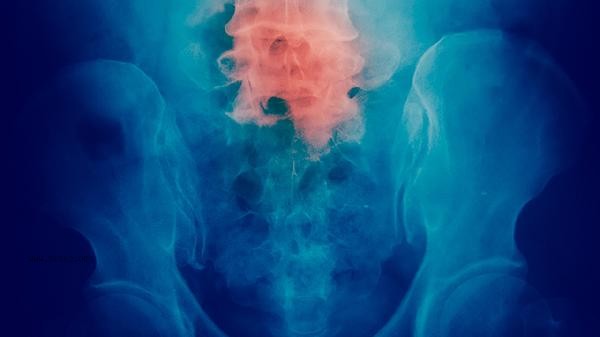Lung capacity and body mass index are important indicators for evaluating human respiratory function, calculated by dividing lung capacity in milliliters by body weight in kilograms. The relevant indicators also include lung capacity to height ratio, maximum ventilation, etc. The calculation method mainly involves the application of basic physiological data and specific formulas.

1. Lung capacity body mass index:
Lung capacity body mass index=lung capacity ml ÷ body weight kg. The standard value for healthy adult males is usually 60-70ml/kg, and for females it is 50-60ml/kg. This index reflects the lung ventilation efficiency per unit body weight, and a low value may indicate the influence of factors such as respiratory muscle weakness or obesity.
2. Lung Capacity to Height Ratio:
Lung Capacity to Height Ratio=Lung Capacity ml ÷ Height cm × 100. This indicator eliminates weight interference and directly reflects the development of lung volume. The ratio should be ≥ 25% during the growth and development period of adolescents, and the normal range for adults is between 30-40%.
3. Calculation of maximum ventilation volume:

Maximum ventilation volume MVV=FEV1 one second volume x 35. During the test, participants are required to take the fastest and deepest breath within 12 seconds, which is converted into ventilation volume per minute. The normal range for males is about 100-150 liters per minute, and for females it is about 80-120 liters per minute, reflecting the reserve capacity of the respiratory system.
4. Time lung capacity:
The FEV1/FVC ratio of exhaled air volume at 1, 2, and 3 seconds is measured using a pulmonary function meter. Healthy individuals should have a FEV1/FVC ratio of ≥ 70%, and a 1-second rate below 50% indicates severe obstructive ventilation disorder, which needs to be further assessed in conjunction with bronchial dilation tests.
5. Alveolar ventilation:
Alveolar ventilation=tidal volume dead space volume x respiratory rate. Adult resting state is about 4-6 liters per minute, which can increase to 100 liters per minute during exercise. The calculation formula involves the correction of approximately 150ml of anatomical dead space and physiological dead space, which requires professional equipment for measurement. Regular lung function testing can help detect respiratory diseases such as chronic obstructive pulmonary disease and asthma early. It is recommended that smokers and dust exposed individuals undergo annual check ups, and daily aerobic exercise such as swimming and jogging can improve lung capacity. Before testing, it is necessary to avoid vigorous exercise and overeating, and wear loose clothing in conjunction with breathing training. When measuring children and adolescents, age correction formulas should be used, and elderly people should pay attention to the impact of osteoporosis on chest range of motion. Individuals with abnormal lung function should undergo further examinations such as chest CT and blood gas analysis.









Comments (0)
Leave a Comment
No comments yet
Be the first to share your thoughts!